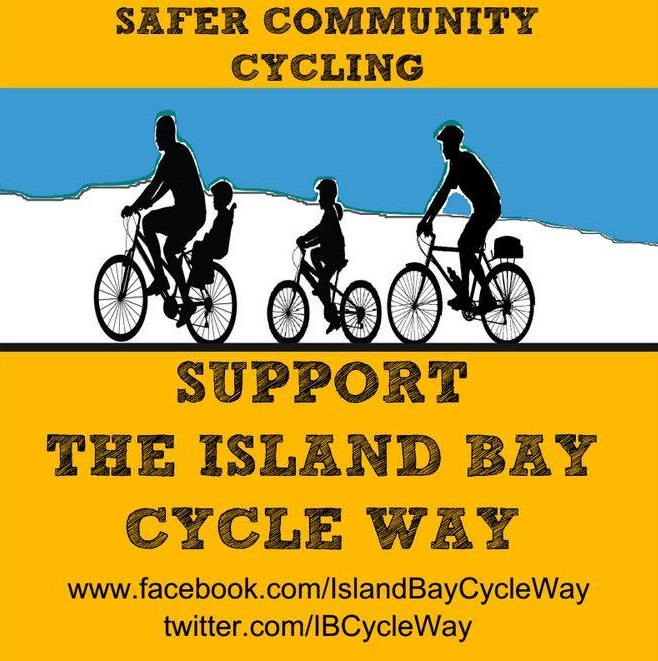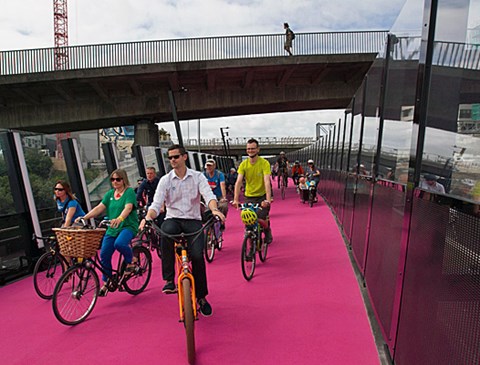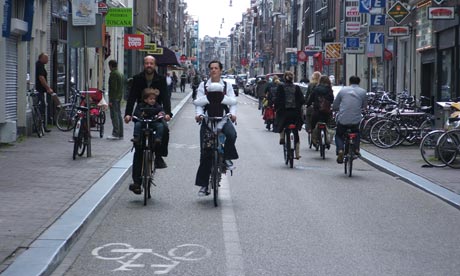Berlin cycling - it just shouldn't work!

I was stunned at the high numbers of cyclists in Berlin. It’s certainly a different from the one I'm used to in New Zealand and Ireland. Here’s a typical Berlin scene- Dad and his wee daughter, negotiating a huge and very busy intersection in Neukolln. He does have an air of concentration about him, and a kids’ helmet dangling from his hand, but he seems to be happy to have her cycling independently- and she’s less than five I reckon.
Amazingly, Dad isn’t alone...




